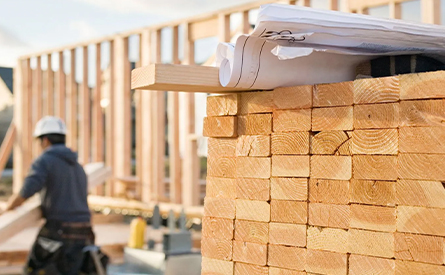roof framing nails
11 月 . 21, 2024 07:41
Understanding Roof Framing Nails Importance, Types, and Application
When it comes to constructing a durable and safe roof, one cannot underestimate the importance of quality roofing materials, and among these, roof framing nails play a critical role. They are essential fasteners that secure the framework of a roof, ensuring it withstands the test of time, weather conditions, and other external forces. This article explores the importance of roof framing nails, the different types available, and how to properly apply them in roofing projects.
The Importance of Roof Framing Nails
Roof framing nails are specifically designed to be used in roof construction. Their primary function is to hold together the various components of the roof structure, including trusses, rafters, and decking. Properly installed framing nails not only contribute to the structural integrity of a roof but also to its overall performance and lifespan. A roof is one of the most crucial aspects of any building, serving as its first line of defense against the elements. Therefore, choosing the right nails and ensuring they are correctly applied is paramount to prevent leaks, warping, or, in extreme cases, roof collapse.
Types of Roof Framing Nails
There is a variety of roof framing nails available on the market today, each designed for specific applications. Here are some of the most common types
1. Common Nails These are the most widely used nails in construction. Made of steel, they have a thick shank and a broad head, making them suitable for heavy-duty applications like framing.
2. Box Nails Slightly thinner than common nails, box nails are often used where splitting might be an issue. Their slender profile allows them to be driven into the wood with minimal damage, making them ideal for softer woods.
3. Duplex Nails These nails have two heads and are often used in temporary structures or scaffolding. The second head allows for easy removal when necessary, making them convenient in certain situations.
4. Roofing Nails Designed specifically for attaching roofing materials such as shingles, these nails typically have large flat heads to help prevent water penetration and provide a secure hold.
roof framing nails

5. Spiral and Ring Shank Nails With twisted or ridged shanks, these nails offer superior holding power. They are often used in applications where a strong grip is necessary, especially in areas prone to high winds.
Application and Installation
Correct installation of roof framing nails is crucial to ensuring the stability and longevity of the roofing system. Here are some tips for proper application
- Spacing Follow the manufacturer's guidelines for nail spacing, which can vary depending on the type of material being used and the local building codes. Generally, nails should be spaced 6 to 8 inches apart along the edges of the roof framing.
- Angle When driving nails into the framing, it’s important to maintain a proper angle. A 45-degree angle is often recommended for maximum holding strength.
- Depth Ensure that nails are driven in flush with the surface of the material without breaking the wood fibers. Overdriving can cause splits and weaken the structure, while underdriving can leave exposed nail heads, which can lead to rust and other issues over time.
- Materials Choose nails made from galvanized steel or other corrosion-resistant materials for areas exposed to moisture. This will help prevent rust and the deterioration of both the nails and the surrounding materials.
Conclusion
In summary, roof framing nails are a vital component of any roofing system. With various types available, it is essential to choose the right nail for the specific roofing project and ensure they are installed correctly. Their primary role in providing structural integrity cannot be overstated, as it directly affects the performance and durability of the roof. By paying careful attention to the selection and installation of roof framing nails, builders can assure homeowners of a reliable and long-lasting roof, standing strong against the elements for years to come. As with any construction project, investing in quality materials and skilled labor will yield the best results and ultimately protect the property and its inhabitants.









 Unity
Unity Creation
Creation Challenge
Challenge Contribution
Contribution










